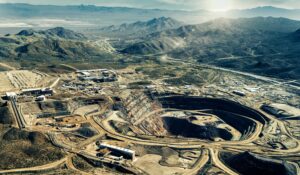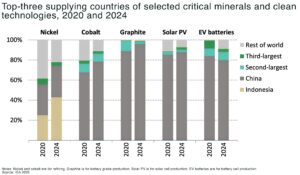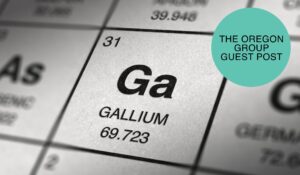The International Energy Agency (IEA) paints a clear picture: if the world hopes to hit net-zero emissions targets, a massive ramp-up in mining is required. That’s not really news to us battery metals bulls but it is to the rest of the world. According to the IEA, the current pace of development isn’t fast enough. Meeting battery metal needs by 2030 will mean building dozens of new mines: roughly 50 for lithium, 60 for nickel, and 17 for cobalt. That’s just to stay on track with countries’ stated climate policies. If governments stick to more ambitious public pledges, the numbers climb even higher.
Demand is being driven mainly by the automotive sector. The IEA projects electric vehicle battery demand will jump from around 340 gigawatt-hours today to more than 3,500 GWh by the end of the decade. That’s a tenfold increase in less than eight years.

As I’ve mentioned before, building a new mine isn’t quick or easy. From early exploration to commercial production, the process can take well over a decade. Even after a mine is up and running, it may take another ten years to reach full capacity. Unfortunately, Western governments don’t have a great track record in taking the long term view. They haven’t been listening closely enough to the mining industry but who knows, perhaps they’ll listen to the IEA.
Anthony Milewski
Chairman, Nickel 28 Capital




















